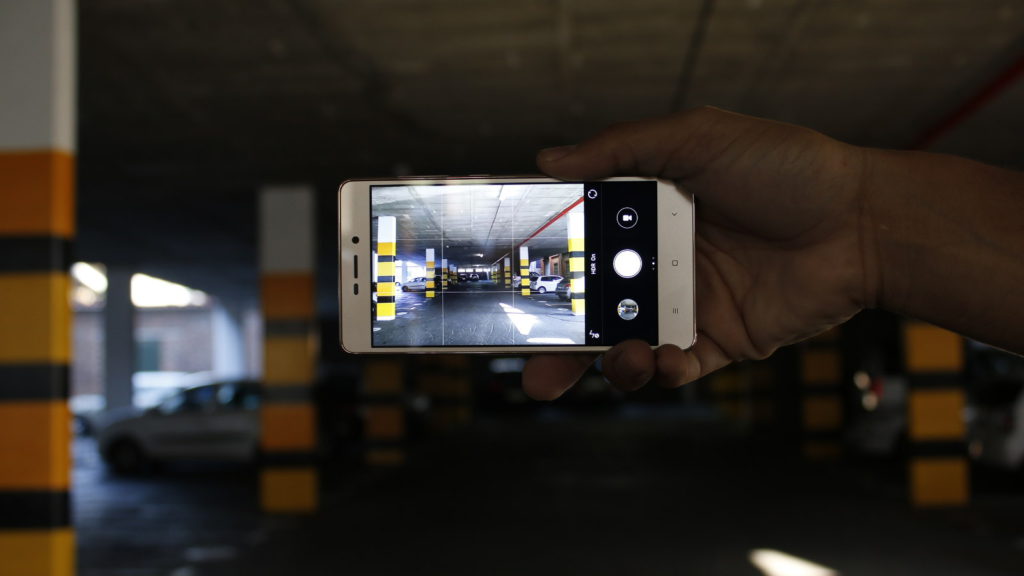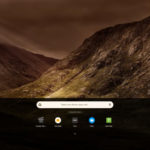OpenAI has launched GPT 5.2, a major model upgrade now available in both the API and ChatGPT. It is described as the company’s most…
Manual smartphone photography: here’s what those terms mean [Tech Savvy SA]

Tech Savvy SA is a series of articles on Gearburn and Memeburn that aims to deliver useful, locally relevant advice to the average South African. This time, we demystify manual photography terms for the average (non enthusiast) smartphone owner.
It seems like years since smartphones usurped dedicated cameras to become the most popular way to take photos. That’s not to say that dedicated cameras are obsolete (not at all), but more and more people find their phone camera to do the job well enough.
Smartphone camera apps are generally easy to understand, with auto modes going a long way to help. But what if you’d like to dabble with your phone’s pro mode? Here’s what all those settings do…
ISO
Ever checked out your manual settings and spotted this variable? It can be mighty confusing, but don’t be alarmed.
ISO is effectively your camera’s sensitivity to light, with lower sensitivity being recommended for bright, outdoor conditions and higher sensitivity being used for (surprise!) darker settings.
The downside to using a high ISO setting is that, while it improves overall brightness, it generally results in a very grainy photo. Meanwhile, a low ISO delivers a darker snap, but one that’s relatively free of graininess.
TL;DR: ISO refers to the camera’s light sensitivity (a lower number means less sensitivity), being automatically set for you in auto mode. Using manual mode? Then keep it low in broad daylight, slowly revising it upwards in low light.
Shutter speed
The shutter speed is effectively how long the camera sensor is left open for. Think of the shutter as your eyelids.
A faster shutter speed/faster blinking means less blur (great for freezing fast moving subjects), but also means light is let in for a shorter period of time. A long shutter speed results in more blur, but light is let in for a longer time, thus delivering a brighter shot.
Long shutter speeds also allow you to do night-time effects like light painting or capturing light trails of city traffic. But you’ll want to stay as still as possible or use a tripod to prevent hand tremors from ruining the shot.
TL;DR: Short shutter speeds freeze subjects in motion, while longer shutter speeds result in motion blur. The former works well in broad daylight, while the latter results in brighter (but potentially blurrier if the camera isn’t kept still) low light shots.
Exposure compensation
Exposure compensation essentially refers to the brightness setting of your camera.
In auto mode, many phones still allow you to adjust the exposure value, with some brands (like Apple) letting you drag your finger up or down from the focus reticle to tweak the setting. Other brands, such as Huawei, feature an exposure slider next to the focus reticle.
Turn the exposure value up and you’re looking at a brighter shot. Turn the exposure down and you’ve got a darker scene. Simple stuff. Generally speaking though, the phone’s auto mode will do a solid job of automatically picking the right exposure for the scene. Still, messing around with exposure can produce some neat results, especially at dusk or dawn.
TL;DR: Higher exposure value for darker scenes and lower exposure value for bright scenes – but you’re definitely encouraged to experiment with this variable. And your phone does a decent job of this in auto mode too.
White balance
Another important feature is white balance which, when tweaked, can give you more accurate white colours.
Cameras often perceive white colours differently to what you actually see, particularly in certain situations, such as under fluorescent lighting, on a cloudy day and more. Use this setting if your phone is producing dodgy whites in some situations. But generally speaking, you can leave this on auto.
TL;DR: White colours looking off? Try adjusting white balance then.

